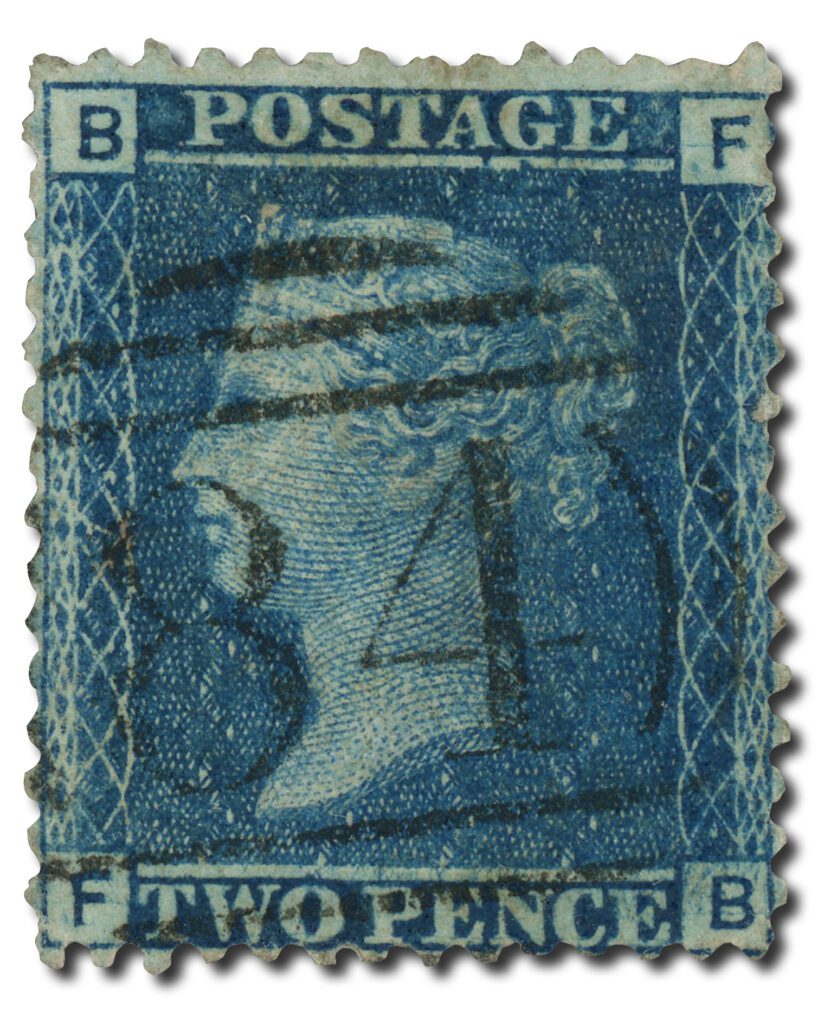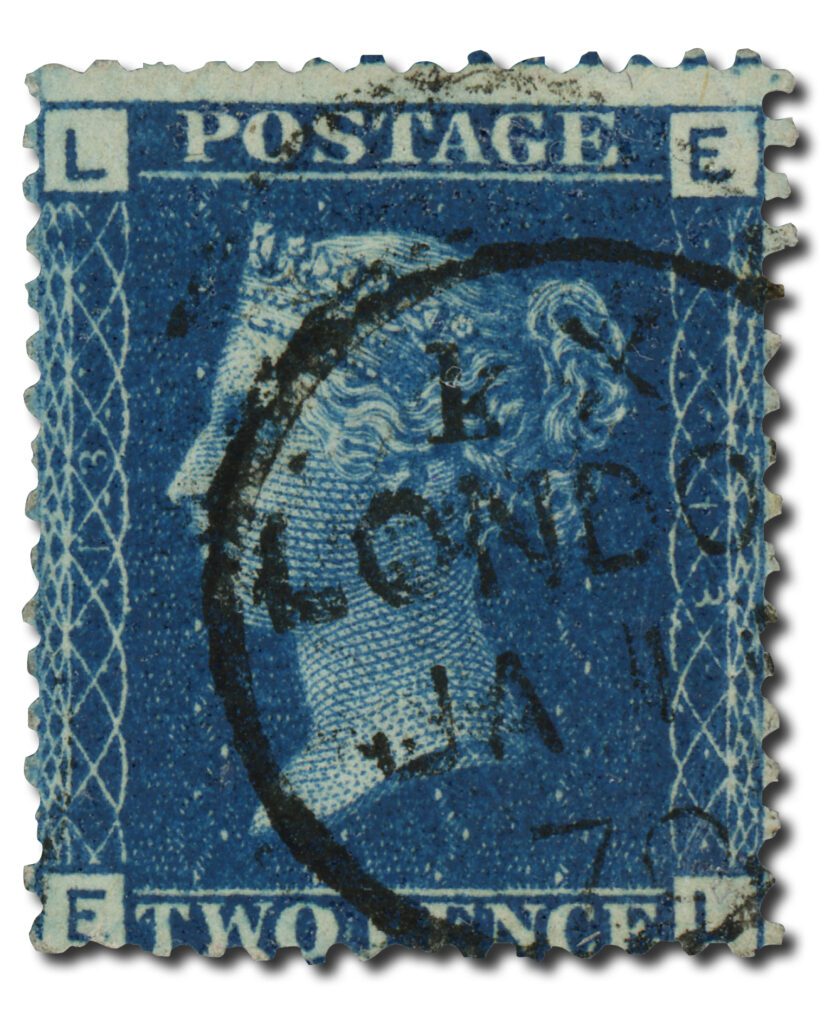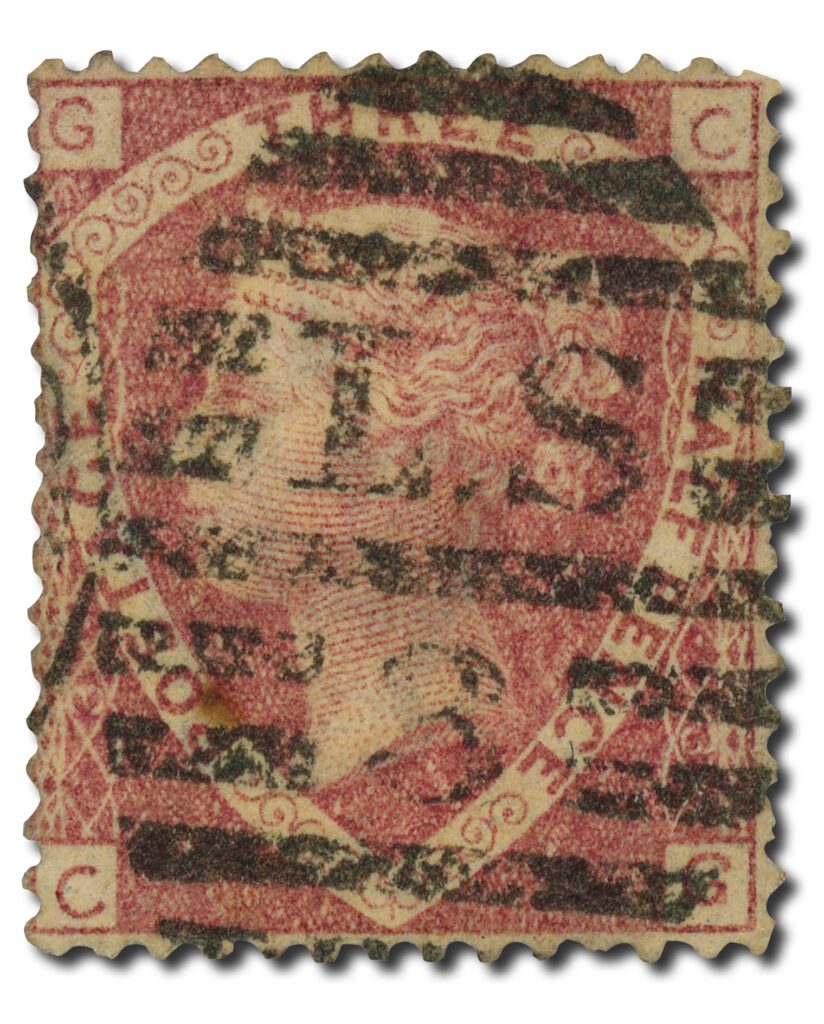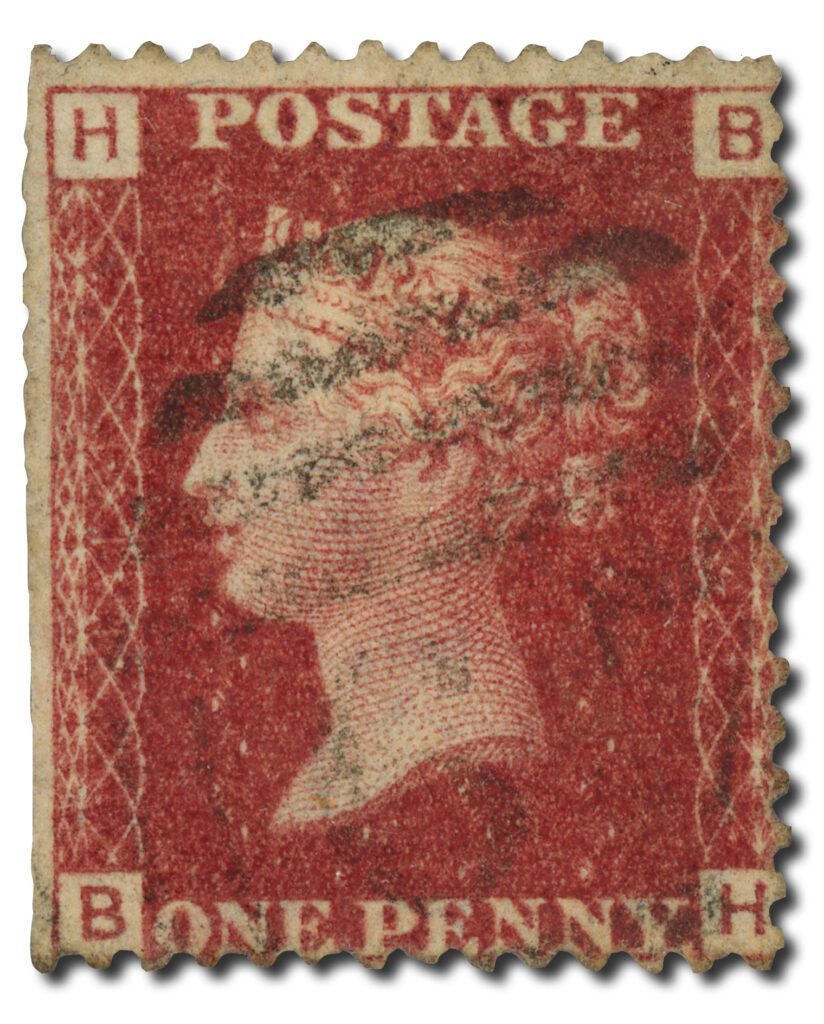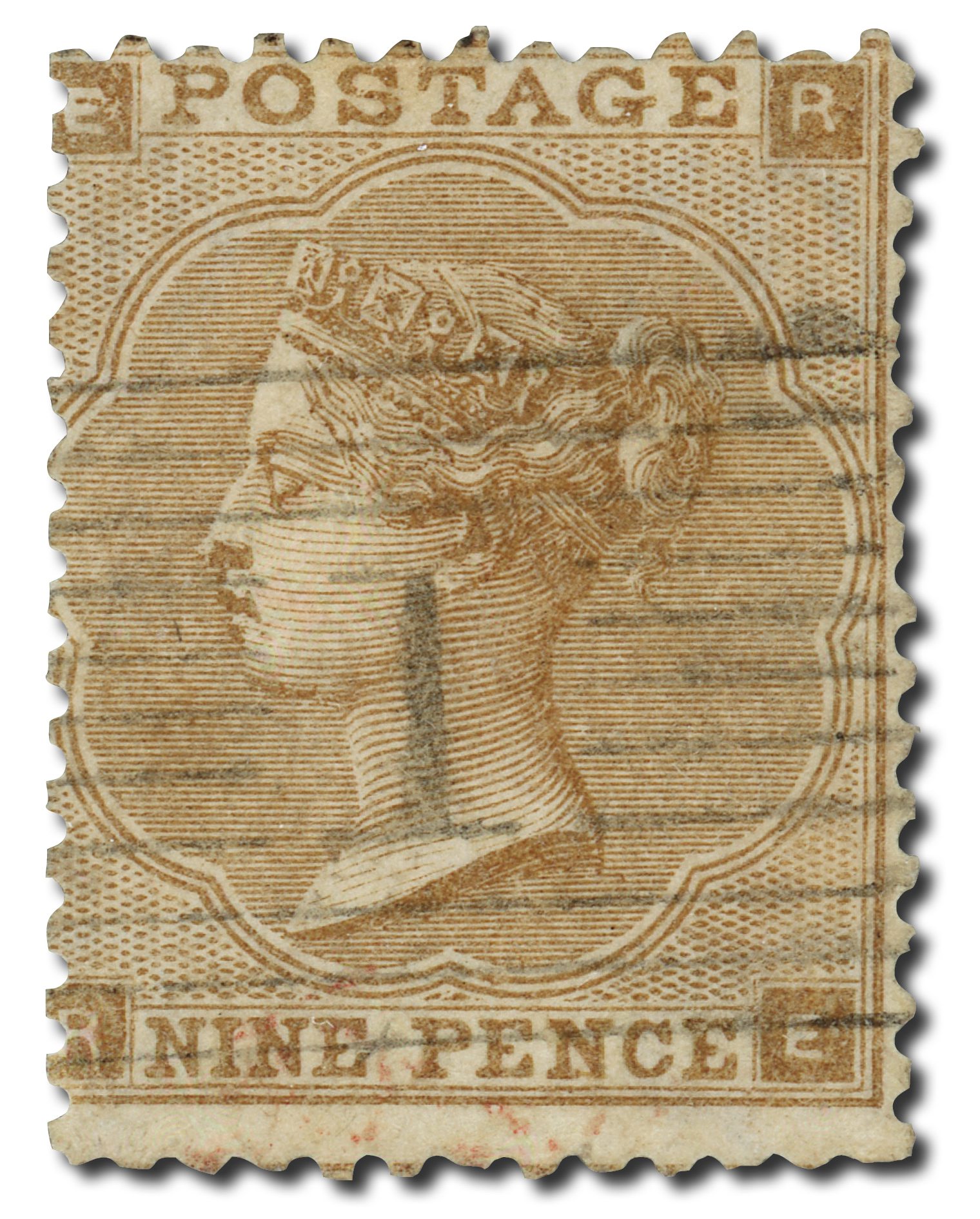Check Letters
Originally posted February 9, 2011 on ApfelbaumInc.com
There were several concerns that were raised against issuing postage stamps when Rowland Hill advanced the idea in the late 1830s. Most of the objections were of the “not invented here” variety, which is part of a normal human resistance to change. But three major objections – counterfeiting, reuse of postage stamps, and accountancy issues – were solved or ameliorated with one simple innovation: check letters.
Check letters are simple a way of indicating where in the sheet a stamp was printed. Beginning at the top of the sheet all of the first horizontal column of stamps was given an “A” as the left hand check letter and so across the sheet for each of the twelve horizontal columns. The twenty vertical rows were lettered on the right hand side of the stamp so that the first stamp at the top left was lettered “AA” and the last stamp in the last row “TL,” making 240 stamps to a sheet (which at one penny for each stamp, equaled an old English pound for the entire sheet). The letters were reversed on each stamp from the top of the stamp to the bottom. Check letters made counterfeiting more difficult because a counterfeiter would typically make only one impression and so all counterfeits would have the same check letter making them easier to spot once the first one was detected.
Reuse of postage stamps would be more difficult too. Cancellation ink in those days was hard to remove and the typical way stamps were reused was to cut the uncanceled parts of two stamps and restick them on an envelope. Check letters meant that to do this you needed two stamps that came from the same position on the sheet making such illicit reuse very difficult. And the check letter system made accounting for unsold stamps much easier too. A clerk simply had to see up to which check letter he had sold to know what was left and the amount of money he needed to have taken in. There have been few inventions of such simplicity that have solved more problems.

